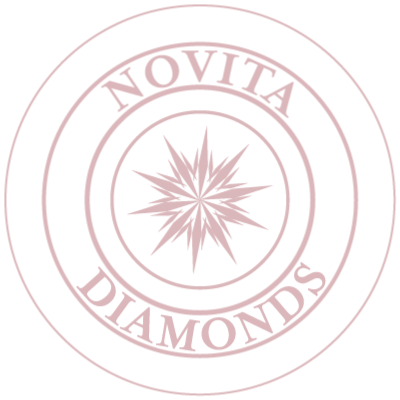BOOK AN APPOINTMENT




All diamonds at the lower end of clarity and colour were marketed to this group. We'll begin with the colours: diamonds in the lower range of the colour spectrum fall into the categories of "H" to "M", which includes hard-to-move diamonds like champagne-coloured ones. It was decided that "G" was the cut-off colour since it is considered above the norm or the limit of what this segment of customers would pay for. In terms of clarity, it ranged from SI1 all the way down to P3/I3. Specifically targeting the American market, this group of lower quality ranges and the purchasing preferences of American customers was indeed a match made in heaven.
Historically, America has been the largest market in the world for diamonds, which aligns perfectly with De Beers' strategy to move and liquidate the largest share of diamonds mined from the ground, which are naturally of the lower quality range. Lesser quality and, therefore, lower prices allowed the buyers to buy larger stones, which suited the American culture of excess and ostentation. For a vast majority of them, "the bigger, the better" was an essential truth they believed to be true in nearly everything in their lives. As direct neighbours of the US, and thus heavily influenced by them, Canada followed in their footsteps and was one of the key targets of Group 1. It should be noted that the Canadian preference was not entirely homogeneous since it still reflected some influences from Group target 2.
Diamonds in the middle of the colour and clarity spectrum were targeted at this group. In terms of colours, the midrange consisted of colours "F" to "I", with "F" being the most expensive colour a buyer would pay for. A target range of clarities was set from VS2 down to SI2, where "VS1" was marketed as the highest clarity option. In this group, Europe and the UK were the target locations, and countries like Australia and New Zealand naturally followed their trend.
This group was the exclusive target of the highest end of the clarity and colour range. The high-end range consisted solely of the following three colours: "D", "E", and "F". In spite of the fact that "G" is still 'white', the buyers of this group still considered it to be a lesser colour. With respect to clarity, the targets were "FL", "VVS1", and "VVS2". As the lower-cost option, "VS1" still had a presence. The buyers of the higher-end of diamond qualities were primarily from Asia. Since these markets would have to pay a substantial premium for the finest diamonds, they would only be able to afford much smaller diamonds than other target markets. Looking back, De Beers' strategy makes perfect sense. Asian women, for instance, have thinner and smaller fingers than average, meaning a small diamond would appear more prominent on their fingers. Moreover, Asian culture, in general, is known for indulging in quality, so when celebrating and displaying a diamond, they place more emphasis on its quality and brilliance than on its size. Through a keen and astute understanding of complex cultures and their unique purchasing preferences, De Beers successfully matched Asia with Group target 3.
In summary, De Beers' masterful strategy of breaking the world into three targeted markets and then conquering them was astoundingly successful. It set the standards on how customers of different countries and cultures choose diamonds to this date.
A custom or tradition is a way of life that is passed down from one generation to the next. A young couple seeking to cement their love will seek inspiration from their elders and the societal norms. As traditions and tastes continue to be passed down, diamond purchasing trends will remain consistent for a long time as they have been woven into the fabric of society and its culture.
With a better understanding of the history and generational impact of targeted diamond marketing, when considering buying lab grown diamonds, remember to buy what you want first and not what your parents or grandparents would choose. Ultimately, your loved one will wear it, not anyone else.
